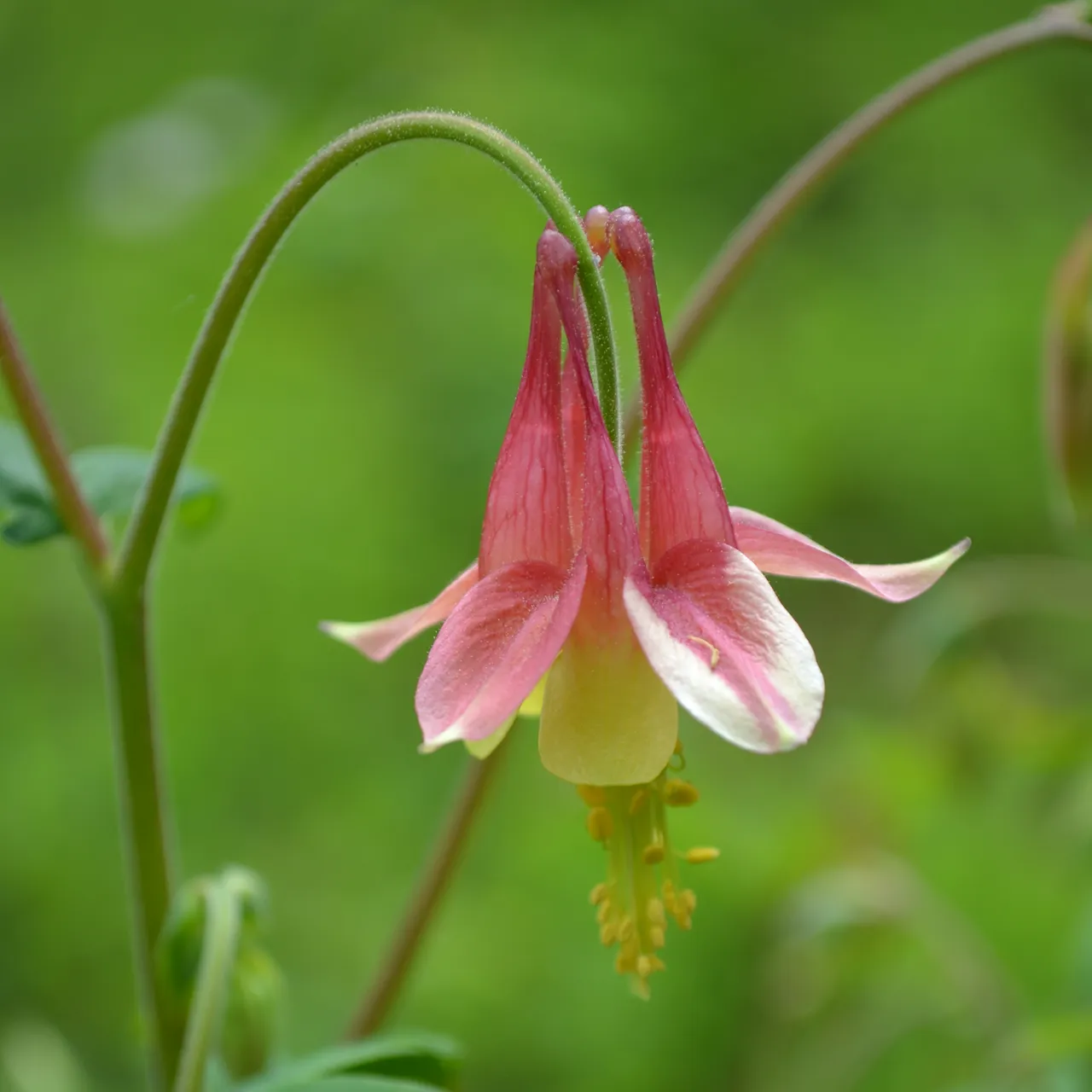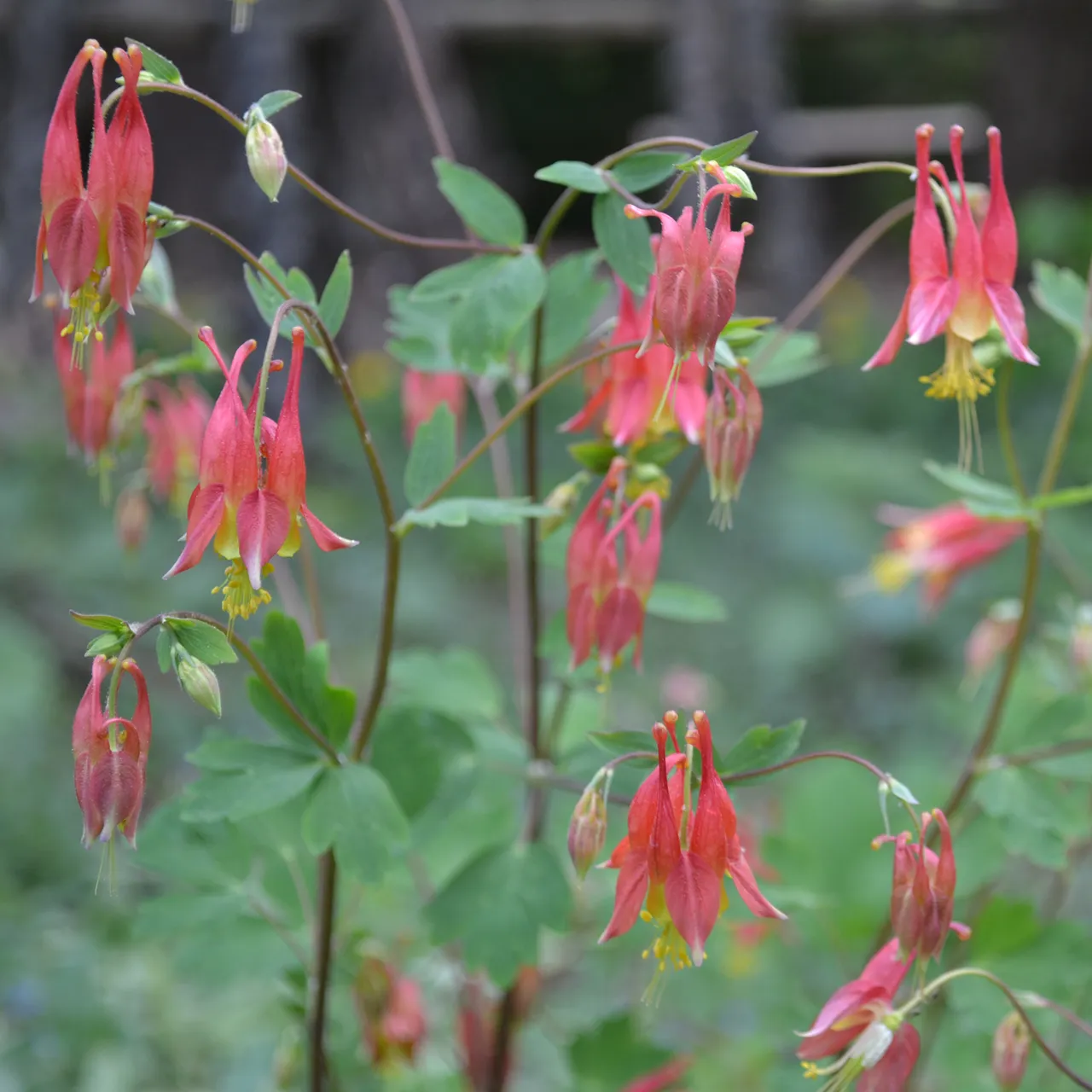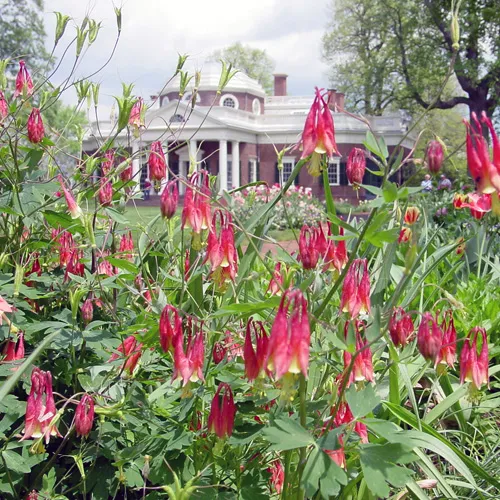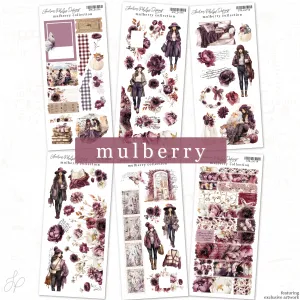Hardy, spring-flowering North American perennial
Description: Scarlet and yellow flowers appear on tall, delicate stems above attractive, medium green foliage
Habit: Grows to 24 inches high and wide
Culture: Prefers part sun and rich, well-drained garden loam with plenty of organic matter; tolerates dry conditions
Hardiness: Cold hardy to USDA Zone 3
Origin: North America
Attributes: Drought tolerant, Deer resistant, Attracts birds, hummingbirds and butterflies
Thomas Mann Randolph, Thomas Jefferson's horticulturally astute son-in-law, observed the native or American columbine blooming at Monticello on April 30, 1791, and the species can still be found growing wild at Monticello. This graceful and highly ornamental flower was introduced to Europe and documented in British gardens by the 1640's. Bernard McMahon's Broadside Catalogue c. 1800 listed seed of this wildflower as 'Feathered Columbine'. This was a popular common name referring to the way the delicate flowers and foliage sway with the slightest breeze, reminiscent of ostrich feathers. The flowers of the Native Columbine attract butterflies and hummingbirds, and the seeds provide food for some birds, including finches and buntings. Deer are not typically attracted to this plant.
Eastern Red Columbine (Aquilegia canadensis) arrives in a 1 quart pot.

 Cart(
Cart(












